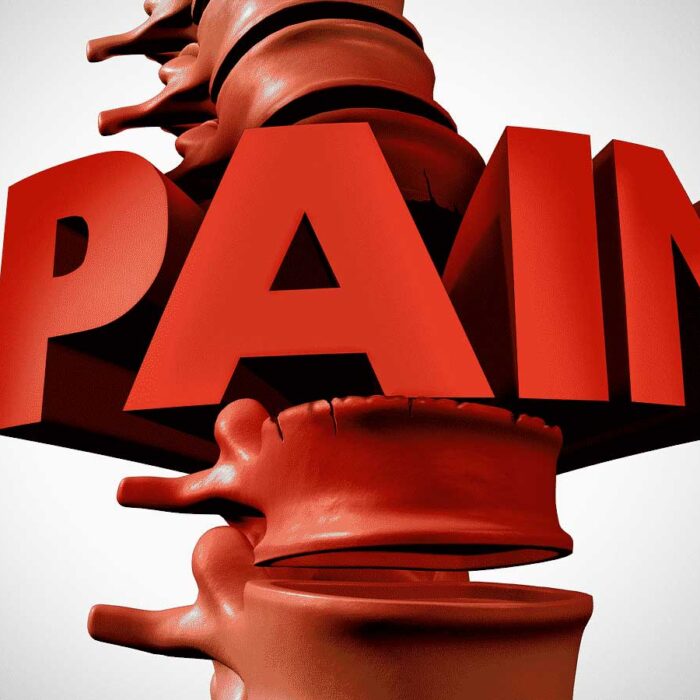Some of the most common side effects include:
- Feelings of dizziness or lightheadedness
- Chills
- Fever
- Red or flushed skin, particularly around the face
- Side, abdominal, and lower back pain
- Urinary problems or pain
- Sweating
- Headaches
Although unpleasant, these symptoms are usually not life-threatening. More severe side effects, for which you should consult a doctor immediately, include:
- Blurry vision
- Breathing troubles
- Severe, persistent drowsiness or sleepiness
- Blue or pale skin, lips, or fingernails
Although these are the most common side effects, it is not a complete list. For any medical advice or questions regarding this drug, please call your doctor.




